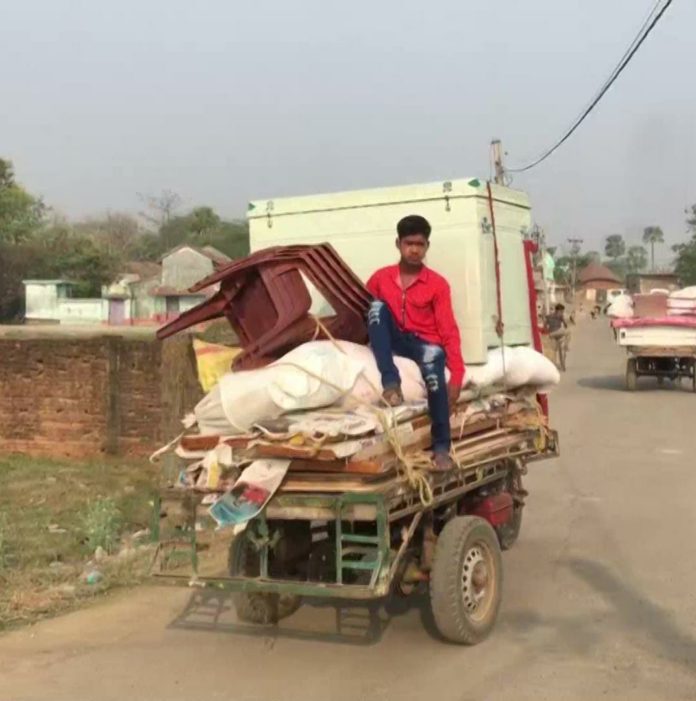The horrific incident in West Bengal’s Rampurhat, Birbhum district, during which at least eight people were charred to death, reminds us of the deadly political history of violence in the State. Gang wars, Local fights over land grabs & police atrocities has always kept the media rolls buzzing. But What goes behind the scenes?
‘Incidents of Violence’ has never been a one off thing in Bengal. Violence is ingrained in the political culture of the state, affecting the lives & livelihood of a large section of the population. The State has been witness to one of the most deadly riots in the country and the Rampurhat incident just shows how the culture of political violence has kept the state on tenterhooks.
Bengal has reached a stage where the ruling party workers masquerade as dealers of local sand & stone mafia. Even villagers in Rampurhat are of the opinion that the past incidents were not as deadly as the current events. “They say that we had not imagined that such kinds of incidents can happen here”.
In 2001, 11 Labourers aligned to the Trinamool Congress were killed by CPIM activists in Nanoor led by Birbhum district committee member Nitya Chatterjee. Nearly 44 worker- activists of the party were sentenced to life imprisonment by the Calcutta High Court in November 2010 for carrying out the murders.
During the 1990’s there would be frequent clashes between the ruling CPI-M cadres and the Congress workers. In one such incident Mamata Banerjee now the West Bengal chief minister and the TMC chairperson suffered serious injuries in July where she was leading Youth congress workers to the Writers Building in Kolkata.
But the worst was yet to come. The Nandigram massacre where CPI-M-led government of the tried to forcibly acquire 10,000 acres of agricultural land for the Tatas in Nandigram, in Purba Medinipur district saw over 14 farmers die and over 70 getting injured. The real figures of the massacre still remain a mystery but it signalled the downfall of communist party in Bengal and the rise of Mamata Banerjee as people’s leader.
Riding high after unshackling 34 years of Communist rule, Bengal saw a new ray of hope in Mamata Banerjee whose rise to the CM’s chair from street fighter inspired many. The first half of the Trinamool Congress saw localised incidents of violence. It was a turning point in the history of violence in the state again when nearly thirteen people died and around 50 were injured in widespread violence that swept across Bengal, centering the panchayat elections.Before the polls, Trinamool candidates were elected unopposed in 34 per cent seats, still incidents of bomb attacks, booth capture and attack on journalists were widely reported.
After Mamata Banerjee came back to power for the third time in Bengal , this time riding high after the defeat of BJP in the 2021 assembly elections, Trinamool Congress workers went into a murdering spree so much so the NHRC had to term the depravity as ‘ Law of the Ruler and not Rule of Law’. The Calcutta High Court made scathing observations against the state government when the matter reached the top court in the state & it handed over the matter to a court monitored CBI probe.
For a land that saw the birth of some of the brightest minds in the world like Rabindranath Tagore, Netaji Subhash Chandra Bose, Ishwar Chandra Vidyasagar, and many other great thinkers, it remains to be seen if the deadly history of Political violence in the state gives way for a greater Bengal Cultural Renaissance that saw the eternal rise of the period of social, artistic, cultural, intellectual changes in the state.

